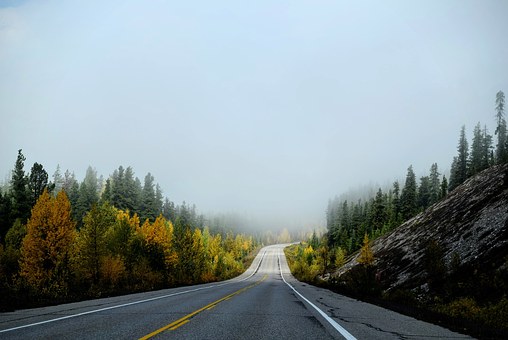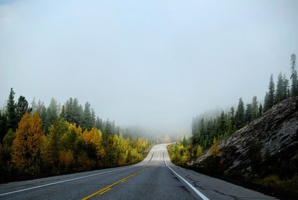Dailycsr.com – 28 March 2017 – The area of “median and northbound lane gore”, near LaGrange of “Exit 6 on I-85”, is known as “bioswales”, wherein the “Georgia Department of Transportation” or GDOT, along with The Ray planted “native grasses and pollinator plant seeds” over an area of “five to ten acres”.
Bioswales are nothing but “shallow drainage ditches” covered with vegetation that help in slowing down the flow of water and “capture particulate pollutants” besides “heavy metals, rubber and oil during rainstorms”. Local ecologists, landscape engineers of GDOT and The Ray got together to precise determine the “optimal number, size and placement of bioswales” required on a “18-mile stretch of I-85” which houses The Ray.
In the words of The Ray’s President, Harriet Langford:
“Creating the highway of the future is going to require going back to nature, not just high tech, but nature tech. The best solution is often one that nature has already provided.”
Given the various methods involved in the installation process, the University of Georgia in collaboration with The Ray will monitor the “progress of this project” and then compare its results with “other bioswale sites”. Following which the “future bioswale installations” could be bettered informed across the country.
The University of Georgia’s “Water Resource Management and Policy Specialist and Assistant Professor”, Dr. Gary Hawkins, said:
“Using the native grasses in the bioswales along with other riparian grasses with deep roots will over time increase infiltration in the medians, trap more pollutants, and reduce runoff. This increased infiltration along with reduced runoff will improve the quality of water entering the creeks, improve water quality in Lone Cane Creek and the Chattahoochee River as well.”
Moreover, these bioswale provide as additional benefit, whereby improving the driveway and adding beauty on the “roadway with plant species” that are native to the area of Georia. While GDOT’s landscape architect, Chris DeGrace, said:
“In the past, highway beautification has been strictly visual,” said GDOT landscape architect Chris DeGrace, “This project on The Ray is a new aesthetic for highway beauty. Native grasses in a meadow and in a bioswales have beauty and they also have an important function.”
References:
ethicalperformance.com
Bioswales are nothing but “shallow drainage ditches” covered with vegetation that help in slowing down the flow of water and “capture particulate pollutants” besides “heavy metals, rubber and oil during rainstorms”. Local ecologists, landscape engineers of GDOT and The Ray got together to precise determine the “optimal number, size and placement of bioswales” required on a “18-mile stretch of I-85” which houses The Ray.
In the words of The Ray’s President, Harriet Langford:
“Creating the highway of the future is going to require going back to nature, not just high tech, but nature tech. The best solution is often one that nature has already provided.”
Given the various methods involved in the installation process, the University of Georgia in collaboration with The Ray will monitor the “progress of this project” and then compare its results with “other bioswale sites”. Following which the “future bioswale installations” could be bettered informed across the country.
The University of Georgia’s “Water Resource Management and Policy Specialist and Assistant Professor”, Dr. Gary Hawkins, said:
“Using the native grasses in the bioswales along with other riparian grasses with deep roots will over time increase infiltration in the medians, trap more pollutants, and reduce runoff. This increased infiltration along with reduced runoff will improve the quality of water entering the creeks, improve water quality in Lone Cane Creek and the Chattahoochee River as well.”
Moreover, these bioswale provide as additional benefit, whereby improving the driveway and adding beauty on the “roadway with plant species” that are native to the area of Georia. While GDOT’s landscape architect, Chris DeGrace, said:
“In the past, highway beautification has been strictly visual,” said GDOT landscape architect Chris DeGrace, “This project on The Ray is a new aesthetic for highway beauty. Native grasses in a meadow and in a bioswales have beauty and they also have an important function.”
References:
ethicalperformance.com


 Bioswale Combats Pollution And Adds Greenery
Bioswale Combats Pollution And Adds Greenery





 Companies
Companies